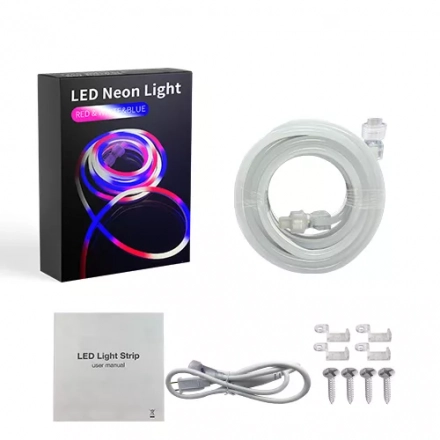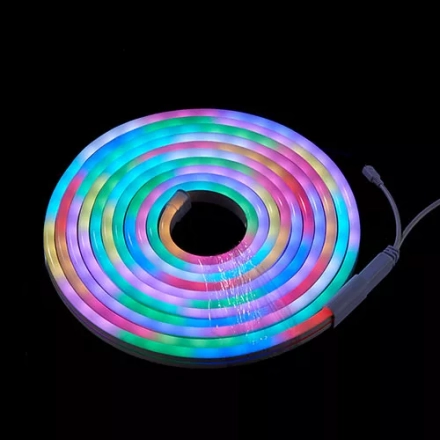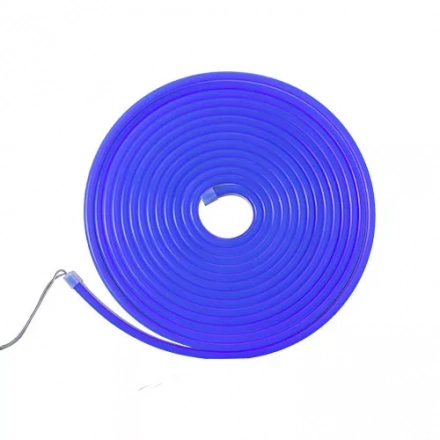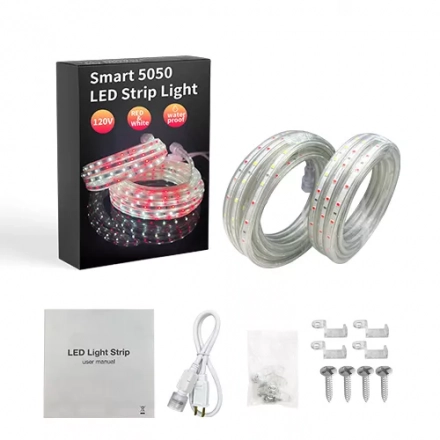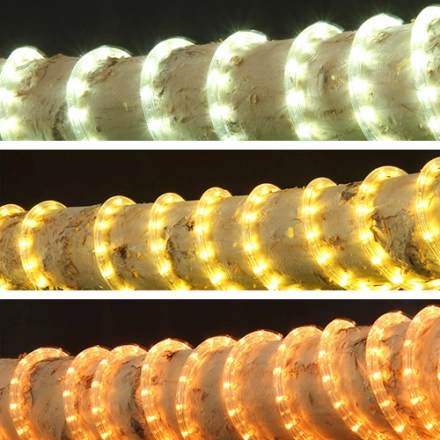Objective Analysis of the Potential of LED Strip Light in Energy Conservation Projects: Replacing Traditional Lights with Energy-Efficient LED Strips
As energy conservation becomes an increasingly pressing concern, the need for efficient lighting solutions has gained prominence. LED strip lights have emerged as a popular option due to their energy efficiency and versatility. This article aims to objectively analyze the potential of LED strip lights in energy conservation projects, specifically their role in replacing traditional lights with energy-efficient alternatives.
Energy Efficiency:
LED strip lights are known for their high energy efficiency. Compared to traditional incandescent or fluorescent lights, LED strips consume significantly less electricity while providing the same or even better illumination. Their small size and compact design allow for precise placement, reducing wastage and directing light exactly where it is needed. Moreover, LED strips can be dimmed or controlled individually, further optimizing energy consumption.
Durability and Longevity:
LED strip lights have a much longer lifespan compared to traditional lights, making them an attractive option for energy conservation projects. With an average lifespan of 50,000 to 100,000 hours, LED strips require fewer replacements, reducing maintenance costs and waste. Additionally, their solid-state construction makes them highly durable, resistant to shocks, vibrations, and extreme temperatures. These qualities contribute to a lower environmental impact and enhanced sustainability.
Flexibility and Adaptability:
LED strip lights offer a wide range of options in terms of color, brightness, and design, allowing for creative lighting solutions in energy conservation projects. They can be easily cut into desired lengths and attached to various surfaces, making them suitable for both large-scale installations and intricate designs. This adaptability enables architects, designers, and lighting professionals to customize lighting arrangements according to specific requirements, ensuring maximum energy efficiency and aesthetic appeal.
Additional Benefits:
Apart from energy conservation, LED strip lights offer several other advantages. They produce very little heat, reducing the strain on air conditioning systems, particularly in hot climates. LED strips are also free from harmful substances like mercury, making them environmentally friendly and safe for disposal. Additionally, their instant start and restrike capabilities eliminate the need for warm-up periods, providing immediate illumination when required.
Conclusion:
LED strip lights present a promising option for energy conservation projects focused on replacing traditional lights with energy-efficient alternatives. Their high energy efficiency, long lifespan, durability, flexibility, and additional benefits make them an excellent choice for reducing electricity consumption and minimizing environmental impact. By incorporating LED strip lights into lighting systems, organizations and individuals can contribute significantly to global energy conservation efforts.

